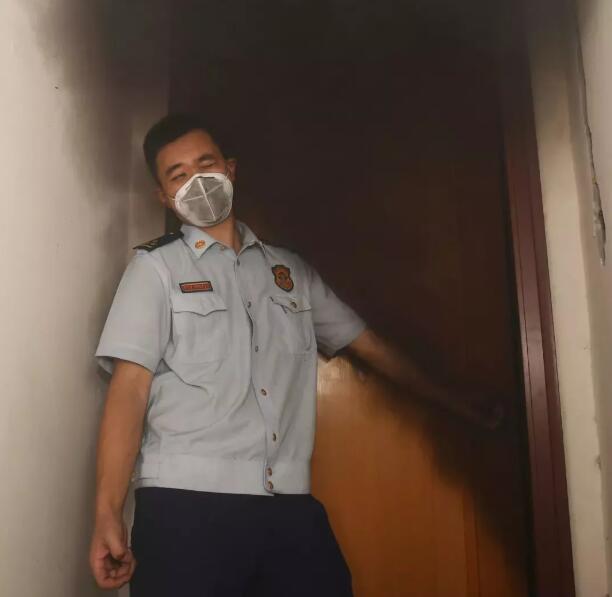Smoke alarm that scream when there is smoke from a fire, do I need to install co detector in my home?
Stand-alone photoelectric smoke and fire alarms are known as stand-alone smoke detectors. It is sensitive to smoke and will not stop screaming once a fire has started. It is the most effective means of monitoring against incipient fires.
The National Fire Protection Association reports that in the event of a fire in a home with the recommended number of smoke alarms installed, the house occupants will have a 50 percent greater chance of escape than if the family was not established.
At 3 AM on 27 May 2017, a fire broke out on the 4th floor of a residential house in Gefen community, Jianggan District, Hangzhou, with burning materials such as quilts and furniture, and two occupants were sleeping at the time of the incident.
Fortunately, the smoke generated at the fire’s time triggered the independent smoke alarm installed in the room. The 2 occupants were woken up by the alarm and discovered the fire in time to flee the scene as soon as possible!
“Freestanding fire smoke detection alarms,” which require no wiring and are battery-powered, can be sensed as soon as smoke occurs early in a fire.
With an alarming Smoke co detector, once a parent senses smoke, a sound and light alarm of more than 80 decibels informs the user that there is a fire.
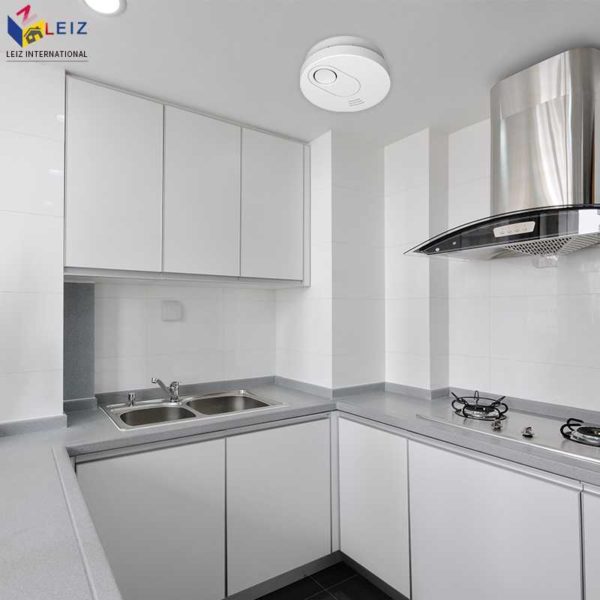
Simulation experiments
1. Simulate a bin fire
After the fire, the sense of smoke is almost 50 seconds faster than a human’s reaction!
Can last at least 15 minutes in a closed room
How to change smoke detector battery?
The simulation was carried out in a farmer’s house that was about to be demolished, three stories high.
The fire was set in a living room on the third floor, with two bedrooms connected. As required by the experiment, the door to one of the bedrooms was closed, and the entrance to the other was open, and smoke alarms were installed in both rooms.
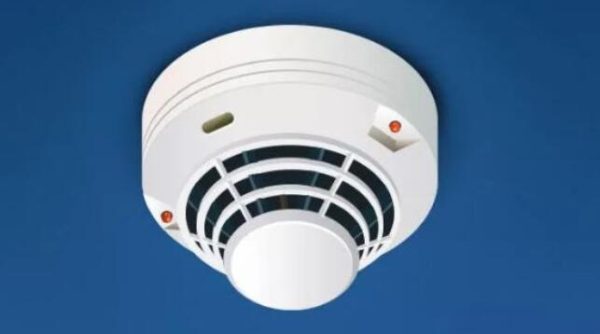
At 10.20 PM, the firefighters ‘lit’ the fire in the living room and started the clock.
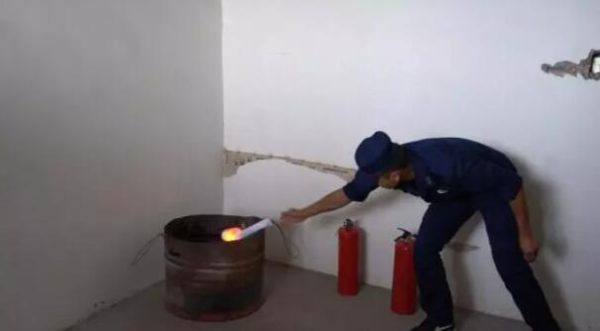
Simulating a bin fire
The first set of Smoke and carbon monoxide alarm, located in the living room, soon followed for 26 seconds.
At this point, visibility in the living room decreased significantly; in-room I, where the door was open, a large amount of smoke also poured in, and visibility began to decline; in-room II, where the door was closed, however, no significant change was felt in the room and visibility remained normal, apart from a slight burrowing of smoke under the door.

The second set of Hard wired smoke detectors, 44 seconds, positioned in an open bedroom. Visibility in the room decreased significantly, and people started to evacuate; visibility in the living room was almost zero; however, the situation in room II remained unchanged.
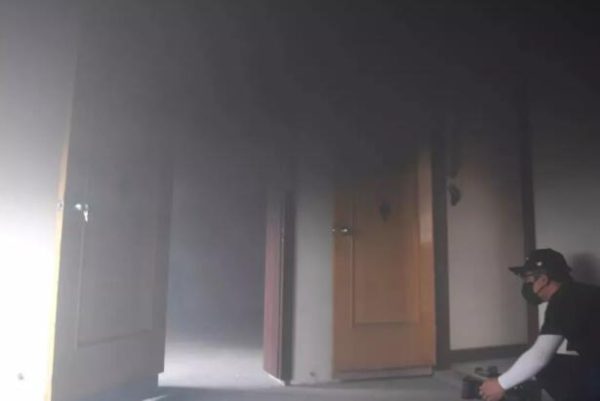
At 1 minute and 12 seconds, a strong smell of smoke can already be detected in the open room, which begins to affect normal human breathing and movement.
At 5 minutes and 03 seconds, visibility in the open room is almost nil.
And what about the closing group?
At 10 minutes and 55 seconds after the fire was lit, the smoke detectors started to sound an alarm in the closing room. But about 8 minutes after the fire was lit, the person in the closing room already smelled the acrid smell of smoke (and heard the alarm in the living room).
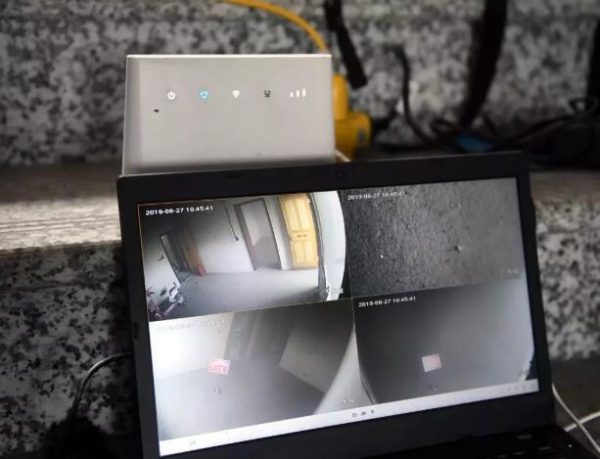
It is worth noting that although a small amount of smoke seeps through the gaps into the closed rooms, the overall atmosphere remains an inescapable air environment.
2 Simulation of an electric car fire
The smoke response is more pronounced after the fire.
The smoke is so intense that it can only last a maximum of three minutes!
After the smoke has cleared and the crew has reset all the freestanding smoke sensing alarms, the experiment starts again.
After the ignition of the electric car, the timing starts.

Electric car combustion produces large amounts of black smoke.
The smoke alarm time in the living room was 24 seconds. Visibility was almost zero in the area above 1.5 m above the floor due to the large amount of smoke produced by the electric car’s burning. Simultaneously, visibility in the room, I was also reduced significantly, and smoke from room II coming through the door was much more visible than in the first experiment.
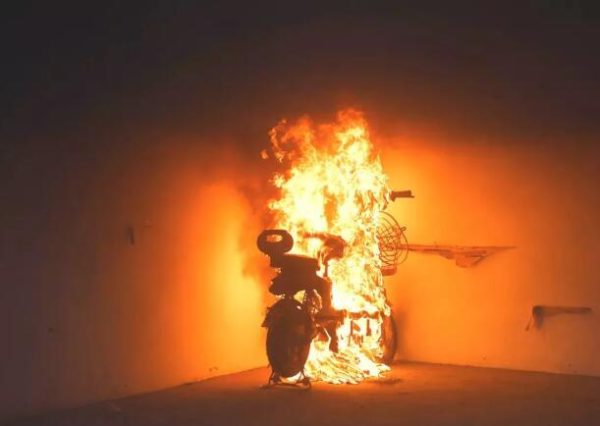
Smoke pouring from the room I
Catching firefighters off guard
When the door was opened, the room alarm was raised for 36 seconds. The freestanding Home depot smoke detectors in the room I started to sound, visibility was also almost zero; in-room II visibility started to drop significantly. Some of the personnel involved in the experiment began to evacuate.
The room was closed for 1 minute and 18 seconds. The freestanding smoke sensor alarm in Room II started to sound, and visibility in the room was less than half a meter. Except at 1 meter above the ground, visibility was decreasing very rapidly.
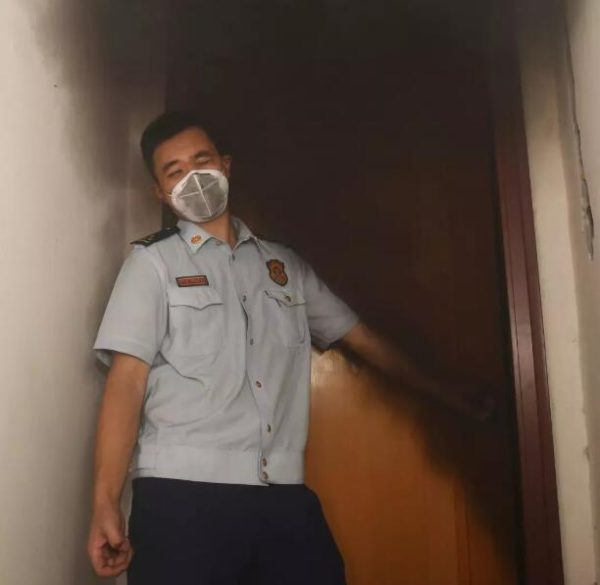
The smoke is becoming more and more visible in Room II.
How to choose the right smoke alarms?
Smoke alarms in living rooms take 24 seconds, in open spaces 36 seconds, and in closed rooms 1 minute and 18 seconds, all well in advance of the human response.
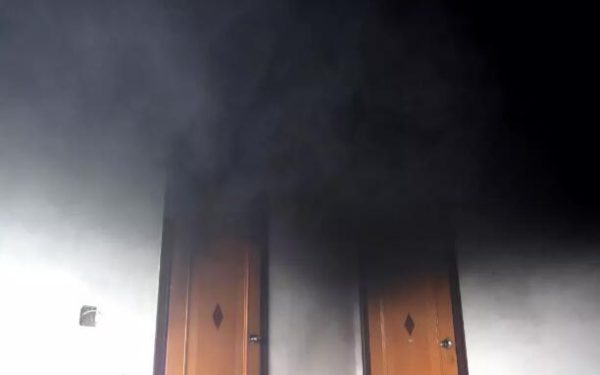
The electric car was quickly burnt to a hollow shell.
Where to install the best results
One is recommended for each bedroom, living room, dining room, etc.
For larger areas, a few more are appropriate.
The position of the installation is the ceiling, opposite the center of each room.

As smoke in a fire is lighter than air, it is more likely to drift upwards.
The mounting area is above to improve smoke sensitivity.
Don’t be afraid to look good; it’s a matter of life and death.
It’s worth it if it’s ugly.
What you need to know about Smoke detector and their installation?
Notes on use
(b) The alarm is flashing red in good working order.
Batteries should be replaced at least once a year, preferably checked and tested once a month!
